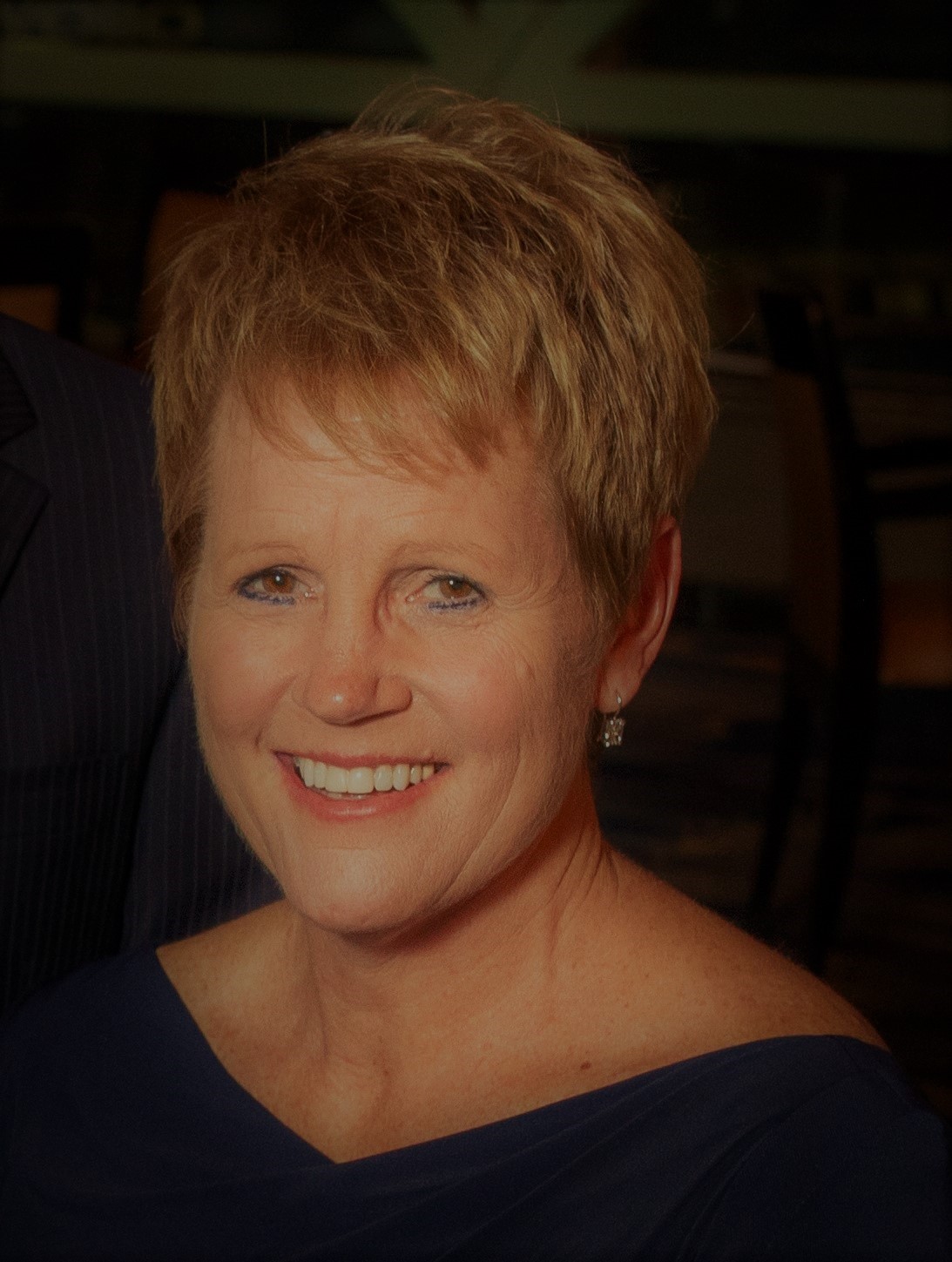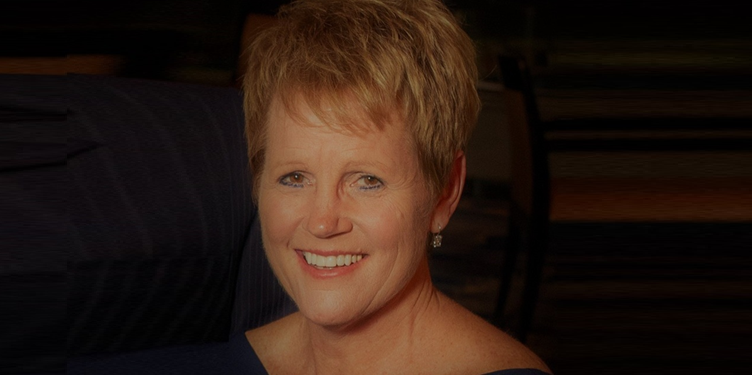
[This post is contributed by Tammy Owen, outgoing President and CEO of Visually Impaired Advancement (VIA), the designated 211 service provider for Western New York. Note that this statement represents Tammy’s personal perspective, and is not intended to represent the official position of the 211 Western New York program.]
During my tenure as the CEO of VIA (a nonprofit rehabilitation and social services agency committed to people who are blind and visually impaired) I grappled with dilemmas that face providers of 211 helpline services, and all information-and-referral systems. As I wrap up my work in this position, I want to share what I’ve learned – and encourage this important work to continue.
VIA is a nonprofit organization that directly helps thousands of people every year gain personal independence, despite their vision loss. VIA holds the contract for providing 211 services for the Western New York region; we employ blind and visually impaired members of our community as I&R specialists, and we expand VIA’s mission impact by offering 211 services to the entire community. Our experience with accessibility gives us a critical lens through which we can understand the challenge and opportunity of 211 as a service model.
211 is more than a call center: it’s a provider of information services
211 plays several critical roles not just for the people who call our helpline, but to the entire health, human, and service sector domain – starting with our painstaking work to collect and maintain directory data about the services across this domain. This information management requires expertise and care and cannot be automated.
Organizations throughout our region – government, nonprofits, academic institutions, health systems and more – depend on 211 for local knowledge about the landscape of services in order to serve their own respective clients and mission. (Or, in some cases, they could depend on us, but end up struggling to manage the information on their own – resulting in redundancy, fragmentation, confusion, and frustration.)
Many assume that 211 is a well-established public program, which should have ample capacity to provide comprehensive information services. But the reality is that while government often turns to 211 for help, it typically does not structurally fund 211’s operational expenses in a consistent way, if at all.
Instead, 211 is closer to a charity: dependent on individual donations and grants. I’m afraid to say that this model of human service information-management-as-charity is not sustainable, and not effective. We can and should do better.
211’s search for sustainability: monetizing public information or services that add value to it?
The push for greater sustainability has prompted some 211s to try to monetize their resource directory data. At first thought I understand the reasoning here, given how much effort 211 invests in maintaining this resource, from which so many organizations stand to benefit.
However, experience has shown me that selling resource data itself is not an effective business proposition. When faced with the prospect of paying for this public information, many organizations assume they can gather it themselves, and/or scrape it from the web, etc. These efforts rarely succeed, but they seem to persist nonetheless. In my experience, even in the rare cases where a third party was willing to buy 211’s resource data, it quickly became apparent that they needed much more than just the data itself. They required ongoing support from 211 – updates, curation, enrichment, training, etc – and a host of other services to actually make use of this data. When a business transaction focuses on the sale of access to public information, neither party addresses the true costs of trust in data and effective use of it – which means both parties are at risk of getting set up to fail.
So I’m afraid it misses the mark to aim for sustainability by getting third parties to pay for 211’s directory data. As public information, this data holds the greatest value when it is accessible to the widest possible audience. And if the widest possible audience (all organizations in our community) were able to use 211s data, far more organizations will be inclined to pay for 211s unique expertise and service offerings. Instead of charging for the data itself, 211s should ask organizations: “What do you need to effectively use our directory data?” Then 211 can monetize services that address those needs. This approach shifts the focus from haggling over the cost of public information to adding value to public information – which paves the way for scalable revenue and long-term sustainability for 211 as a critical infrastructure provider.
What would a business model look like if 211 was a sustainable, scalable provider of public information infrastructure? How can 211 deliver reliably maintained directory data as a public good – meaning, everyone can benefit from it – while generating enough revenue to meet the costs of these operations?
Shaping a new strategy: public health service innovation post-COVID
As we emerged from the COVID crisis, we had the opportunity to explore new answers to these critical questions. The pandemic united a coalition of forward-thinking philanthropic funders in Western New York, each with diverse missions, to pool resources and address the gaps in community health exposed by the crisis. Acknowledging the pivotal role 211 played in numerous community COVID response efforts, and recognizing the financial challenges it faced, these funders encouraged us to apply for the “Moving Forward Together” grant, administered by the Community Foundation for Greater Buffalo. VIA received a grant to study and develop a sustainable business model for 211 WNY.
With this capacity, we assembled a team dedicated to research, development, deliberation and evaluation – including New York State Public Health Fellows, and a partnership with Mary Beth Debus of Program Savvy Consulting, and Open Referral. Together, we designed a process involving interviews with prospective partners and pilot projects where 211 would provide services to partner organizations. Our goal was to envision how this work would be scaled and sustained over time, ensuring that organizations would recognize the value of 211 and continue to invest in its services.
What we found: a vast range of business opportunity for 211
We’ve learned that there is a wide range of services that 211s can get paid for – far beyond simply selling access to its resource directory data. In dialogue with our community partners and peers around the state, we observed a range of needs that 211 can uniquely meet which, taken altogether, represent a comprehensive business model that can enable 211 to evolve from a nonprofit player in a competitive market to an essential infrastructural service provider that shapes its market.
In fact, these revenue models can be expected to grow even stronger when 211 makes resource data freely accessible to everyone. While this might seem counterintuitive, we’ve found that organizations are not just seeking data – they’re seeking expertise and trust, which they are willing to pay for. Therefore, our business model should focus on providing that expertise and building lasting trust with our partners.
211 can generate revenue from value-adding services association with public resource data
The resource data that 211 collects is essential to so many kinds of operations: resource navigation, website development, care coordination, etc. But we found that most of our prospective partners need more than the resource data itself – so we should direct our focus beyond it.
For instance, organizations want a certain level of reliability – like assurance that resource data will be maintained at a certain level of quality, and that errors will be corrected within a certain timeframe, etc.
Some organizations might want real-time data delivery via API – whereas others might not want to deal with the data at all, but rather want a customized website that can reflect their brand and their prioritized service domains.
Some organizations would leverage 211’s data if we collected information about certain kinds of services – or certain additional kinds of information about services – that we don’t normally collect by default.
Some organizations might have their own categories for types of services that don’t by default reflect 211’s highly specialized taxonomy – but could, with expert curation, be aligned.
Some organizations might fund or accredit services within a given domain, and might want to have a canonical, quality-assured source of information about all of those services – yet don’t have the wherewithal to produce such an official set of data themselves.
Every one of these scenarios presents an opportunity for 211 to provide value-adding features servces and guaranteed levels of service that organizations will pay for.
If everyone can access 211’s resource data (perhaps without any guarantees of service level by default), then more organizations are likely to want to pay for value-adding services that enable them to actually achieve their goals and objectives.
211 can generate revenue from premium call center services
Our pilot partnerships demonstrate that 211’s call center services – which are for the general public by default – can be specialized for particular purposes to meet specific needs on our institutional partners’ behalf.
Our call center staff are highly attuned to local needs and conditions, and professionally trained – and it’s usually easier for 211 to build upon and specialize these capacities than it would be for our partners to build their own workforce and infrastructure from scratch.
For instance the 211 WNY call center has been contracted to provide “after-hours” services specializing in support for placement of people experiencing homelessness. We also had experience providing eligibility determination screening for the post-covid rent relief funds, as well as transplant waitlist management services, and connecting crime victims to specialty community services, to name a few. Some 211 providers have even been known to provide outbound outreach services, making calls to specific kinds of clients (like seniors) who can benefit from tailored programs, on behalf of the organization promoting these programs.
As more organizations come to use our resource directory database, more organizations will be positioned to benefit from our human touch and telephony infrastructure to support the actual work of care navigation.
211 is uniquely positioned to provide analytics and business intelligence
Finally, as more organizations use 211s infrastructure, our ability to provide analytics – insights into unmet community needs, program effectiveness, etc – will expand exponentially.
When 211 becomes a provider of universal data service for resource information, we will be well positioned to provide unparalleled business intelligence – gathering data about requests and needs and outcomes across not just the 211 hotline and website, but also potentially across any channels operated by any partner that uses our data via API. The easier we make it for third party organizations to depend on our data for their operations, the better positioned we’ll be to also partner with them to provide such analytics.
This business intelligence can be mined and curated for fees that, in turn, build our capacity to generate more intelligence. In this way, 211 can become the central nervous system of our safety net.
Time for transformation: envisioning a bright future
As structural challenges continue to put strain on our economy, healthcare systems, and public benefits programs, more people than ever are in need of more kinds of support.
Having served our community for [decades] – first in healthcare systems, and more recently in human services and 211 leadership – I know how much opportunity there is for an institution like 211 to have tremendous impact just by effectively connecting the dots and helping people bridge the gaps.
Many of the services described above, I should note, are already provided in one form or another by various 211s across the country. I believe that the 211 network can benefit from intentionally aligning these strategies together in a holistic approach, under the overarching banner of 211 as a provider of human service information infrastructure – like a kind of public utility, for data about our safety net.
My hopeful vision for the future of 211 is not just a public call center that sells data to whichever parties have the resources to buy it – but rather as a hub for all institutions in our community that connect people to care. I strongly believe that this approach – to ensure that everyone can benefit from 211 as infrastructure, and monetize those services that add value to this public infrastructure – is a better path for 211s and the communities that they serve. So I thank 211s for their tireless efforts, and encourage us all to embrace a future in which the entire safety net is connected – and in which more institutions invest in building capacity to make the most of those connections as we work together to build a healthier world.


Leave a Reply